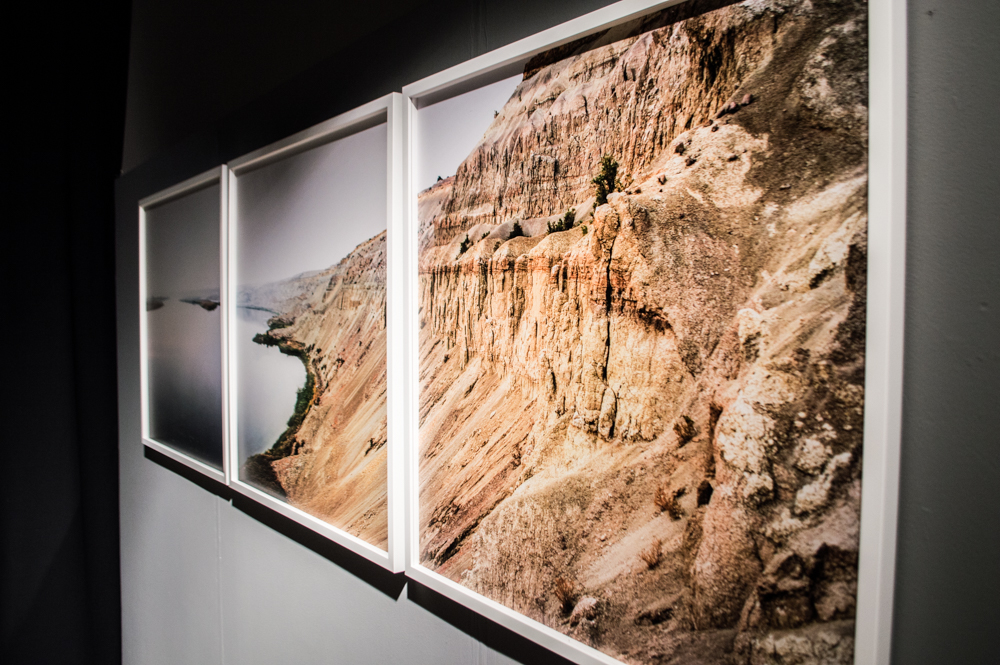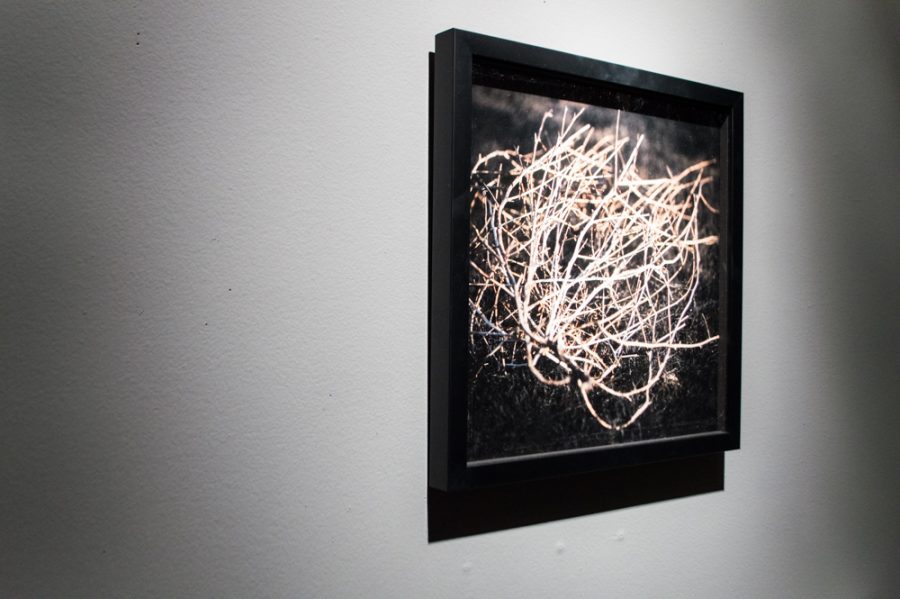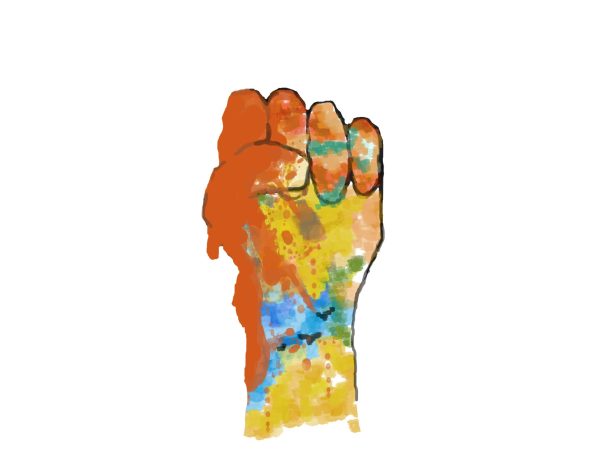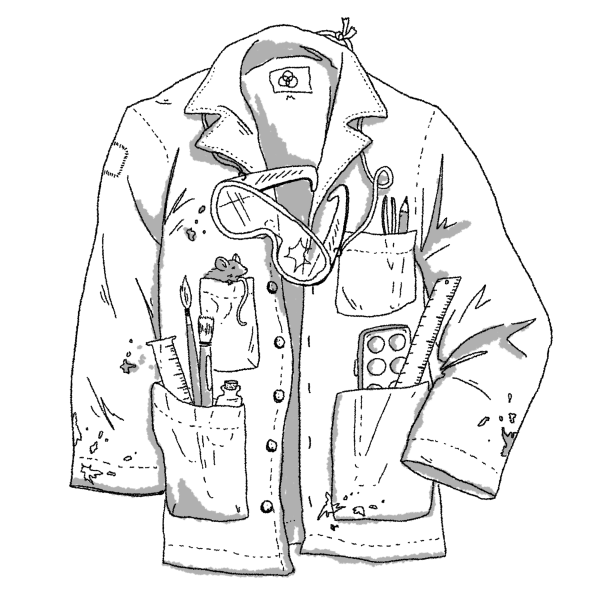Nagasaki-Hanford Bridge Project Reaches Across Oceans
March 8, 2018
While August 9, 2020, the seventy-fifth anniversary of the atomic bombing of Nagasaki, Japan, may seem far in the future, Whitman College is already preparing its own contribution to the dialogue on the legacy of Nagasaki, in the form of the Hanford-Nagasaki project. An examination of the connection between the plutonium refining in Hanford that yielded the bomb dropped on Nagasaki and the bombing itself, the Hanford-Nagasaki project is a series of events including talks, film screenings and art installations happening throughout the week of March 6 that aim to promote dialogue on the legacy of Nagasaki and those affected by it today.
One element of the Hanford-Nagasaki project is the Hanford Reach project, created by San Francisco-based multimedia artist Glenna Cole Allee with the assistance of video artist Michael Paulus and sound editor Bruce Bennett. A combination of photography, sculpture and audio of interviews with those affected by nuclear material, Hanford Reach is cohesive multimedia installation currently displayed in the Maxey Museum. Allee expressed a personal connection with Hanford.
“I went to college in Portland, and I drove past Hanford when there were eight leaking reactors.” At Reed College, Allee met a downwinder, a person affected by nuclear material. “I couldn’t believe I’d never heard of it,” Allee said.

“Hanford Reach” is a multimedia installation in Maxey Museum addressing the connection between the Hanford plutonium production and the bombing on Nagasaki during WWII.
The process of creating the multimedia installation was a long process.
“I started by making cold calls to get into the sites,” Allee said. “The more I looked, the more I saw.”
Allee chose to present the material in a multimedia medium to convey the widest range of experience through her installation.
“I’m a bit impatient with the photographic medium of a series of still images,” Allee said. “The sound is at the core of it. The sound carries the experiences and world views. It’s also the most changing, the most undefined.”
Allee and Bennet continue to modify and edit the sound clips used. As it stands, Hanford Reach is an ongoing project. Allee spoke about her hopes for what visitors will take away from the exhibit.
“I hope that these archives and sound bites can give a sense of the complexity of Hanford,” Allee said. “I hope it broadens the discussion around Hanford. I came to see everyone involved as people who could be victims. I want people to have an experience comparable to what I had [in realizing the complexity of Hanford].”
Paul Garrett Professor of Political Science Shampa Biswas offered an academic look at the wider Nagasaki-Hanford Bridge Project. Biswas has been highly involved with the facilitation of the project, and explained the value of it.
“It’s an educational opportunity,” Biswas said. “All of our first year students now read Kate Brown’s ‘Plutopia,’ so they learn about the history and politics of Hanford. And that book in itself is a comparative history of Hanford and another site in the Soviet Union, but another way to think about comparative history is to link the bomb whose plutonium was produced in Hanford, to where that bomb was dropped, which was at Nagasaki.”
The Hanford site is already an established presence in Whitman academia, which makes the project especially relevant on campus.
“This is our community. This is where we live. This is part of our local history,” Biswas said.
Biswas described the potential for dialogue created by those affected by radiation that this project brings.
“The purpose of the project is really to begin building bridges between victims of radioactive contamination,” Biswas said. “The idea is that nuclear bomb production and use affects communities across boundaries.”
Along with faculty such as Biswas, Whitman students have also expressed an interest in greater understanding of the connection between Hanford and Nagasaki. Yann Dardonville ’20 vocalized an interest in the topic.
“I think it’s tremendously important for our community to know and understand,” Dardonville said.
Hanford Reach is one of many aspects making up the great Nagasaki-Hanford Bridge Project. Nagasaki nuclear bombing survivor Mitsugi Moriguchi arrived earlier this week in Walla Walla on a mission for peace, on behalf of the city of Nagasaki. He, along with Hanford “downwinders,” spoke on March 7 in Maxey Auditorium. A film screening of “Hibakusha at the End of the World” (2003) took place the day before. Remaining upcoming components of the project on the lingering legacy of Nagasaki include a field trip to the Tri-Cities on March 8, and a conference, film screening and address by Moriguchi on March 9 in the Tri-Cities.








